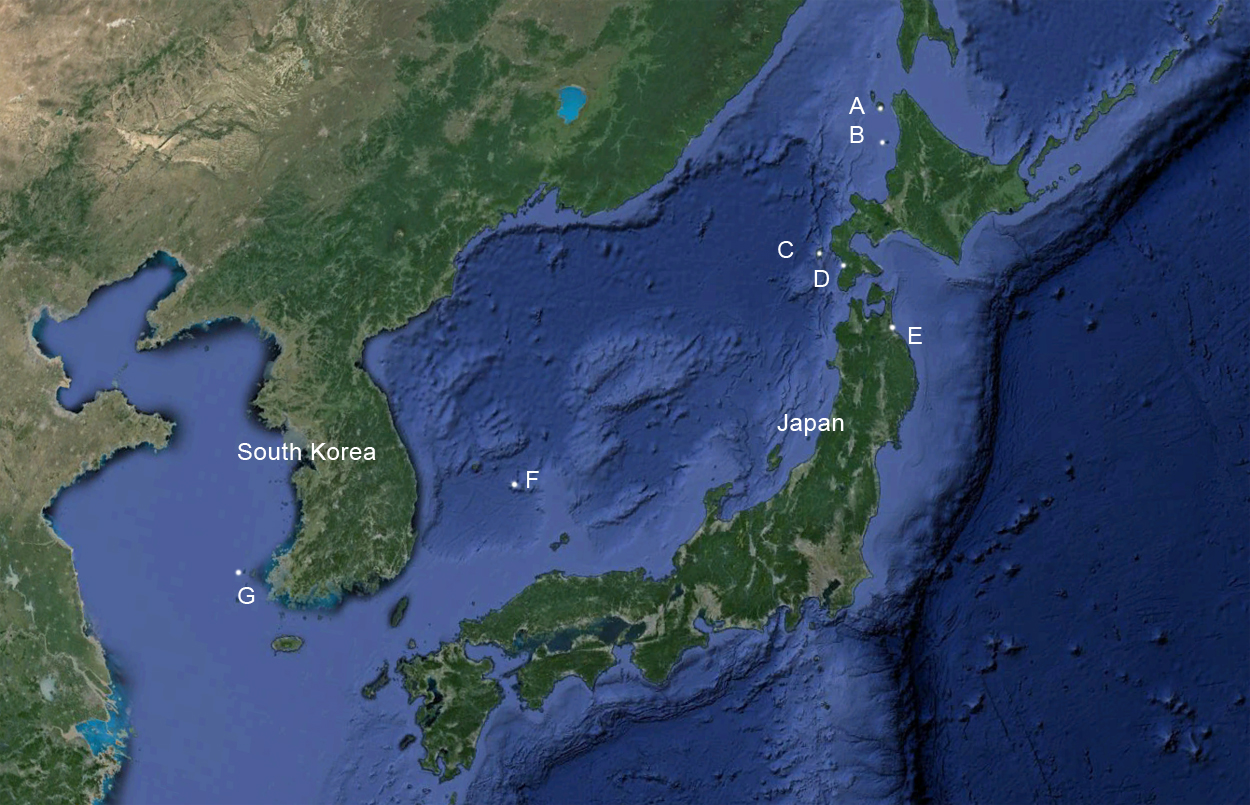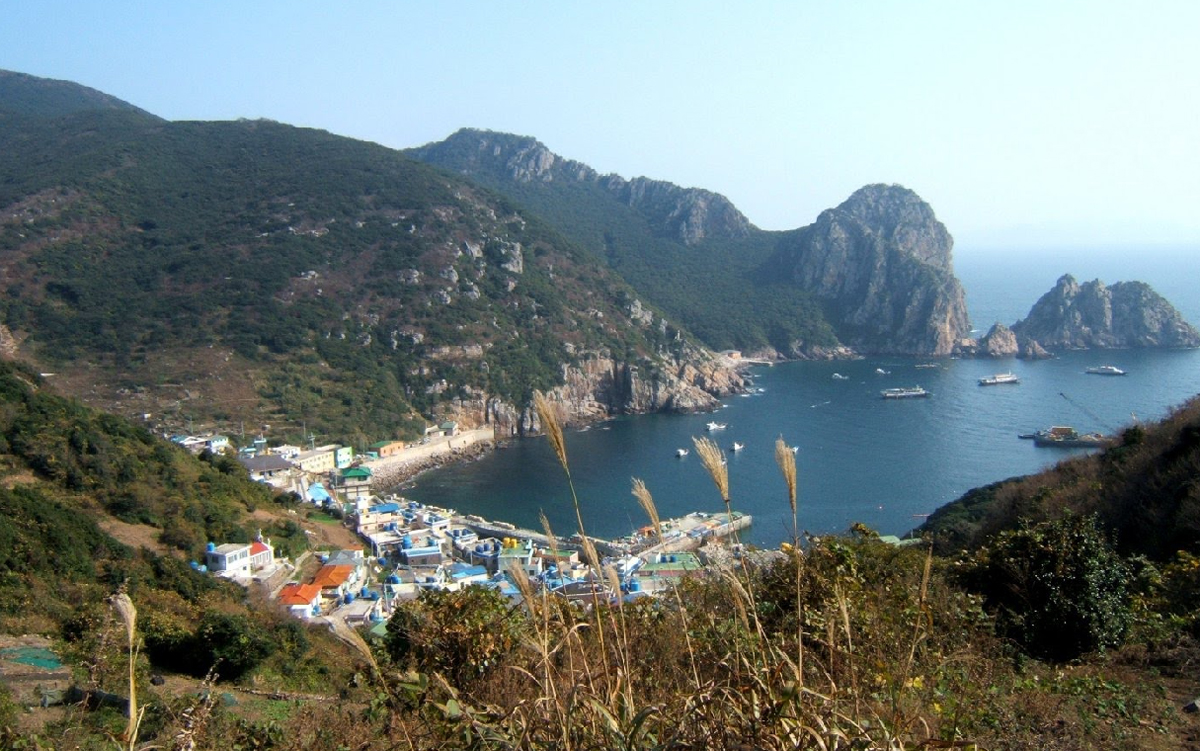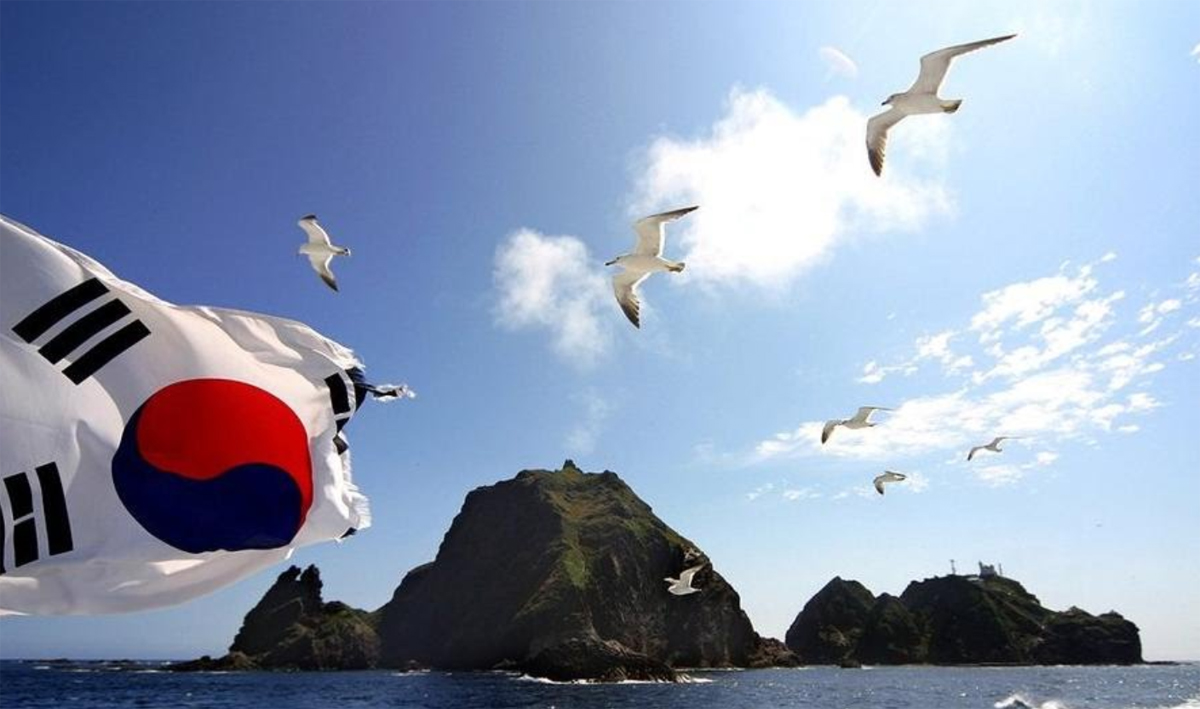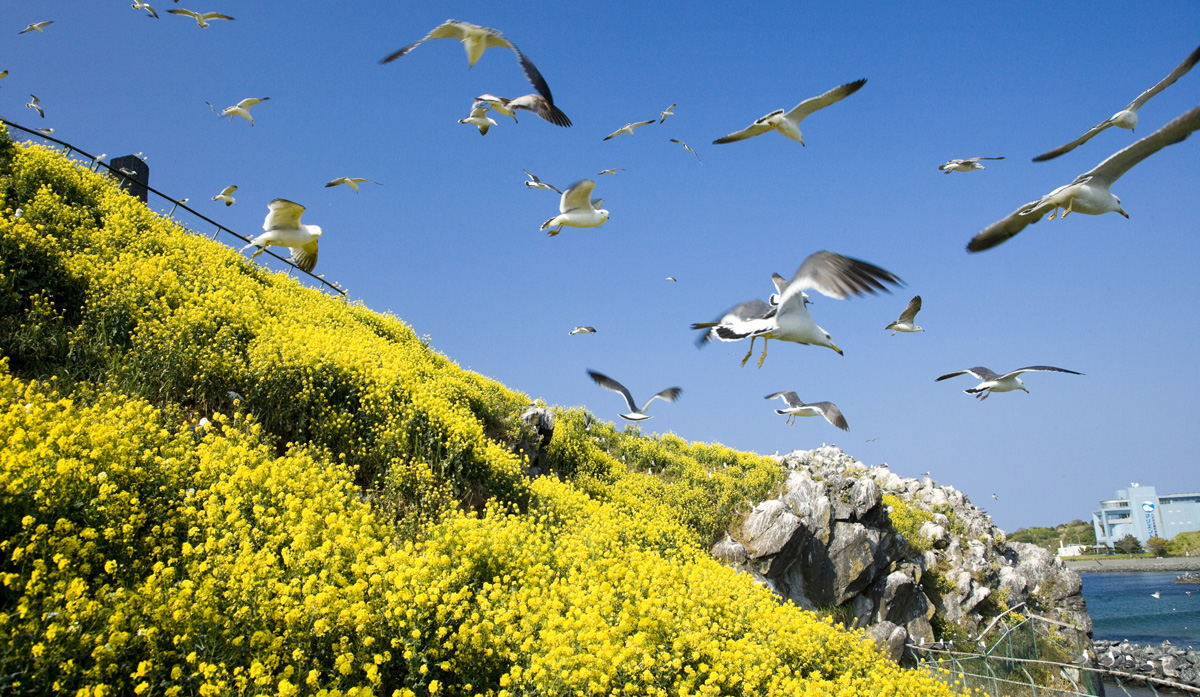 Black-tailed Gull (crassirostris) / ウミネコ / 괭이갈매기 Black-tailed Gull (crassirostris) / ウミネコ / 괭이갈매기
(last update: December 2015) |
Coordinators:
Kim Seog-min (South Korea)
Hideo Shimura (Japan)
Peter Adriaens (Belgium)
Mars Muusse (Netherlands)
crassirostris rings
crassirostris PDFs
1CY July-Sept
1CY Oct-Dec
2CY Jan-March
2CY April-June
2CY July-Sept
2CY Oct-Dec
3CY Jan-March
3CY April-June
3CY July-Sept
3CY Oct-Dec
sub-ad Jan-March
sub-ad April-June
sub-ad July-Sept
sub-ad Oct-Dec
adult Jan-March
adult April-June
adult July-Sept
adult Oct-Dec |
Black-tailed Gull (crassirostris) ring project
On the internet, surprisingly many pictures show Black-tailed Gulls with metal rings on the tarsus. They were ringed in a Japanese ringing project, like the one in Hachinohe-shi, Aomori Prefecture, Japan. In May, when the adult birds nest at this location, ringed birds are far from rare.
These metal rings on Black-tailed Gulls have a unique code from the Yamashina Institute for Ornithology in Japan. The official abbreviation for this ring code is JHY. The inscription code on the ring is "Tokyo Japan" and the specific code reads like "9A95887", but of course every individual bird has another, unique code of digits.
Please, when you find or photograph a ringed bird, send your information to:
|
 Black-tailed Gull (crassirostris) JHY 9A95887 adult, November 24 2015, Gangwon-do, South Korea. Picture: Heon-seop Sim. Black-tailed Gull (crassirostris) JHY 9A95887 adult, November 24 2015, Gangwon-do, South Korea. Picture: Heon-seop Sim. |
| |
| |
| |
| |
| |
| |
|
|
|
|
|
Type |
Country |
Color |
Example |
Notes |
Contact information |
| Wing tag |
Japan |
Blue |
 |
Rishiri Island in Hokkaido in 2001 and 2002
- In 2001, black letter A and three digits were used (A001-
A059).
- In 2002, only 2 digits (A00-A99) were printed in five
different colors: white, lavender (light purple), yellow, green,
and dark blue.
|
Hokkaido Institute of Environmental
Sciences
Yamashina Institute for Ornithology |
| Wing tag |
Japan |
Red |
 |
Teuri Island in Hokkaido in 2001 and 2002
- In 2001, black letter A and three digits were used (A001-
A150).
- In 2002, only 2 digits (A00-A99) were printed in five
different colors: white, lavender (light purple), yellow, green, and dark blue.
|
Hokkaido Institute of Environmental
Sciences
Yamashina Institute for Ornithology |
Leg flag
|
Japan |
Red |
 |
Rishiri Island in Hokkaido since 1998
- On left tarsus
- A: Born in 1998, B: Born in 1999, C: Born in 2000, D: Born
in 2001, E: Born in 2002 �
|
Hokkaido Institute of Environmental
Sciences
Yamashina Institute for Ornithology |
| Leg flag |
Japan |
Yellow |
 |
Teuri Island in Hokkaido since 1998
- On left tarsus
- A: Born in 1998, B: Born in 1999, C: Born in 2000, D: Born in 2001, E: Born in 2002
|
Hokkaido Institute of Environmental
Sciences
Yamashina Institute for Ornithology |
| Leg flag |
Japan |
Green |
 |
Esashi Island in Hokkaido since 1998
- On left tarsus
- A: Born in 1998, B: Born in 1999, C: Born in 2000, D: Born
in 2001, E: Born in 2002
|
Hokkaido Institute of Environmental
Sciences
Yamashina Institute for Ornithology |
| Leg flag |
Japan |
Blue |
 |
Okushiri Island in Hokkaido since 1998
- On left tarsus
- A: Born in 1998, B: Born in 1999, C: Born in 2000, D: Born
in 2001, E: Born in 2002
|
Hokkaido Institute of Environmental
Sciences
Yamashina Institute for Ornithology |
| Leg ring |
Japan |
White |
 |
White rings with black digits (A**) were used on Rishiri Island in
Hokkaido in 2002 |
Hokkaido Institute of Environmental
Sciences
Yamashina Institute for Ornithology |
| Leg ring |
South Korea |
Green |
 |
Green rings with white three digits mainly on Hongdo Island in
Gyeongnam Province since 2003 |
Young-Soo KWON (National Park Research Institute)
Wee-Haeng HUR
(National Institute for Biological Resources)
|
| Leg ring |
South Korea |
Red |
 |
Red rings with white three digits on Dokdo Island in Gyeongbuk Province in 2010 |
Young-Soo KWON (National Park Research Institute)
Wee-Haeng HUR
(National Institute for Biological Resources) |
A. Rishiri Island, Hokkaido,
Japan
B. Teuri Island, Hokkaido, Japan
C.
Okushiri Island, Hokkaido, Japan
D.
Esashi Island, Hokkaido, Japan
E. Hachinohe-shi, Aomori, Japan
F.
Dokdo Island, South Korea
G.
Hongdo Island, South Korea
 Black-tailed Gull (crassirostris) / ウミネコ / 괭이갈매기
Black-tailed Gull (crassirostris) / ウミネコ / 괭이갈매기 Black-tailed Gull (crassirostris) JHY 9A95887 adult, November 24 2015, Gangwon-do, South Korea. Picture: Heon-seop Sim.
Black-tailed Gull (crassirostris) JHY 9A95887 adult, November 24 2015, Gangwon-do, South Korea. Picture: Heon-seop Sim.












